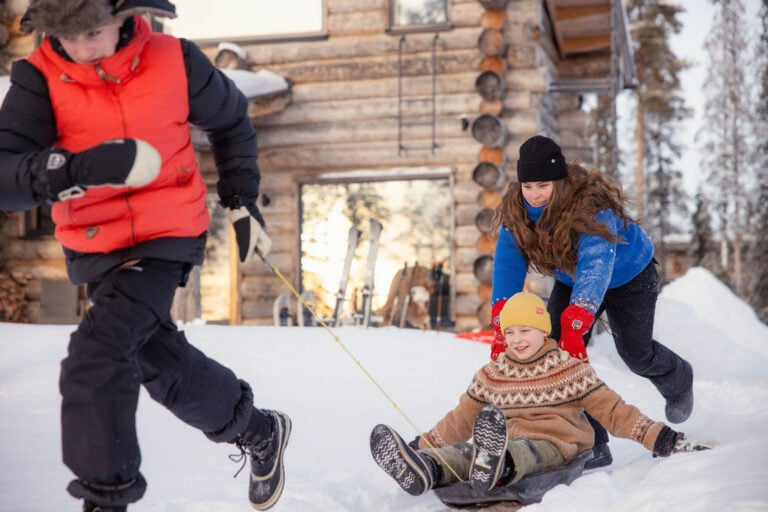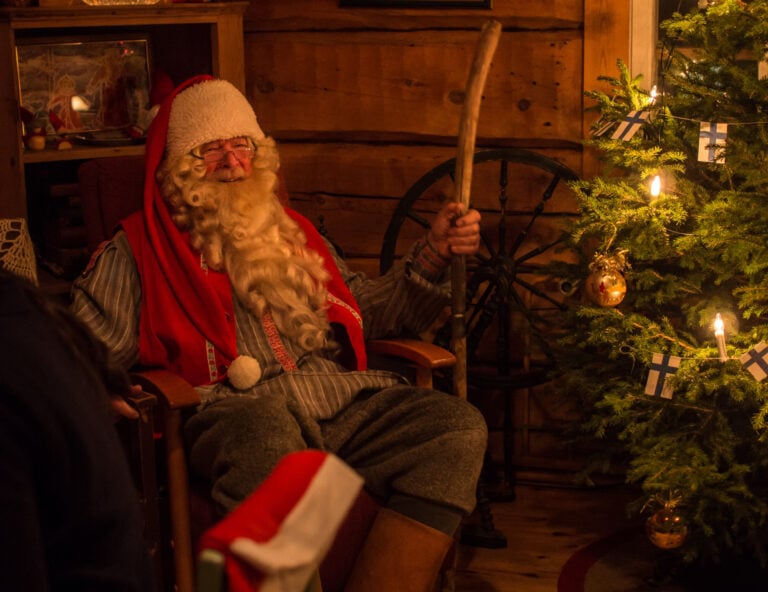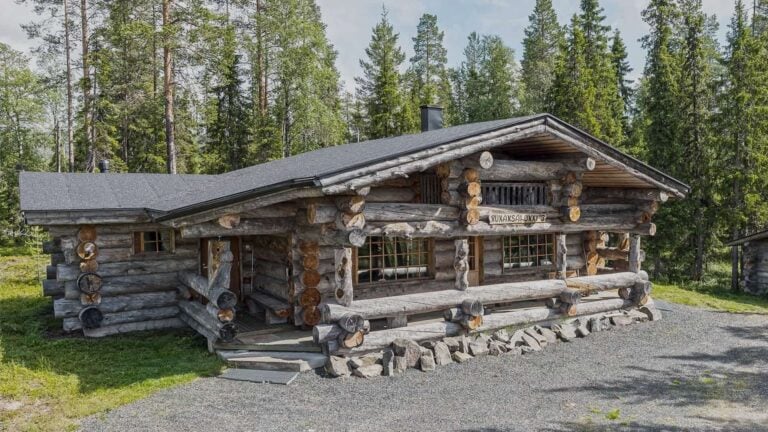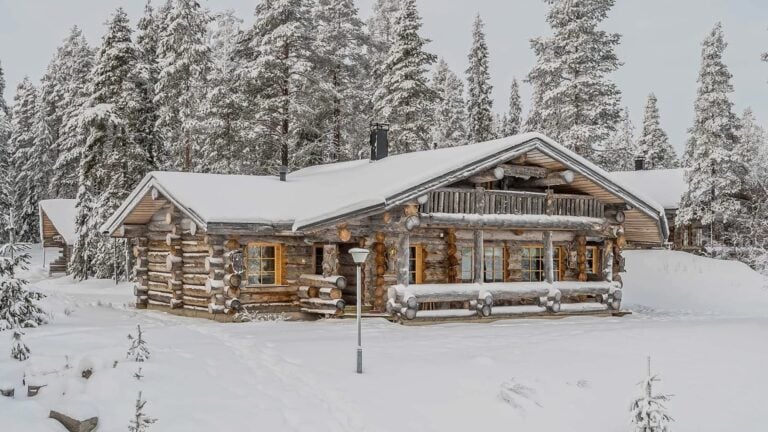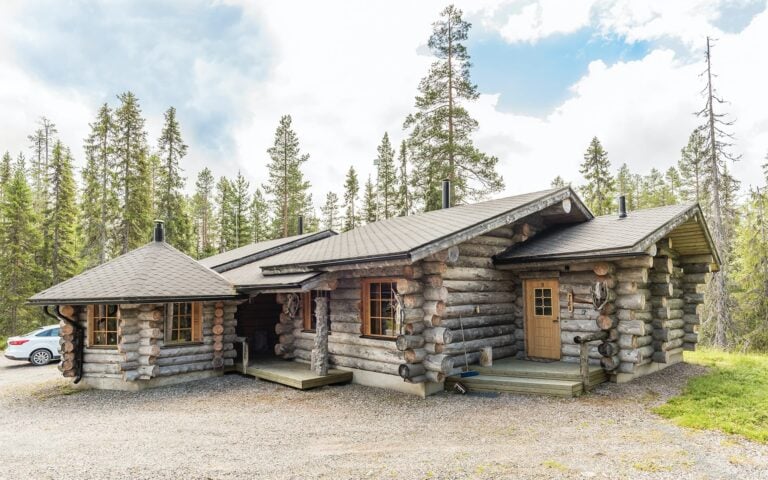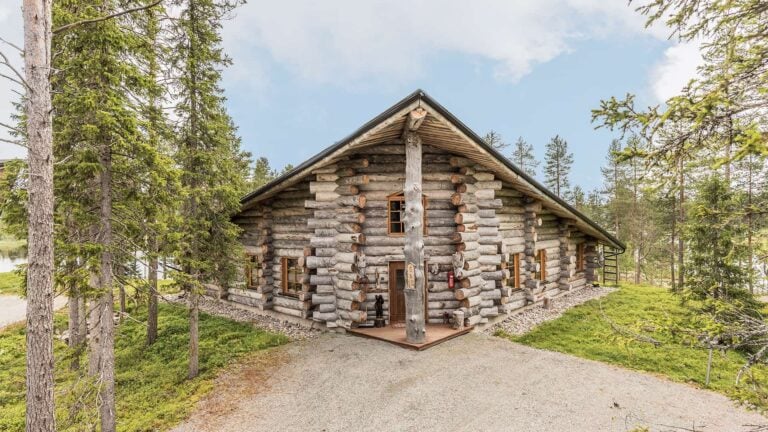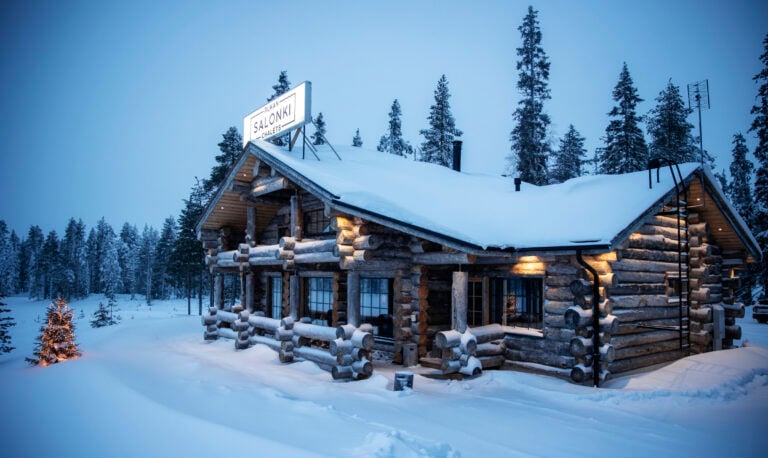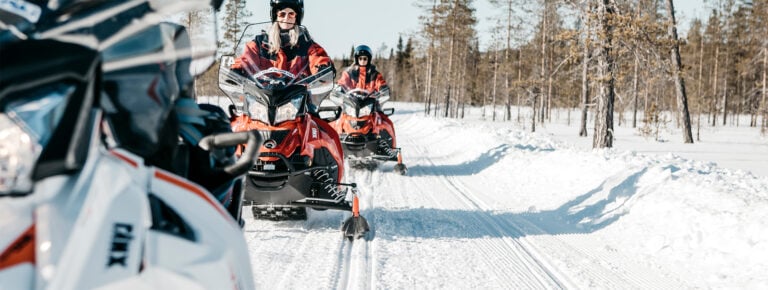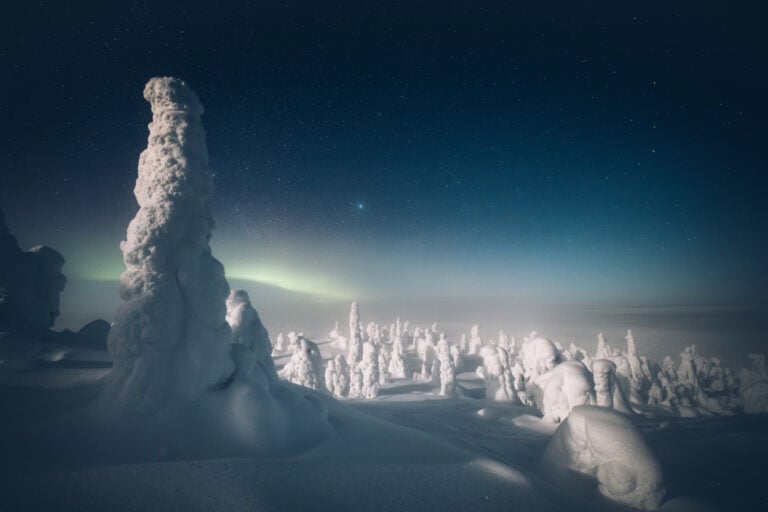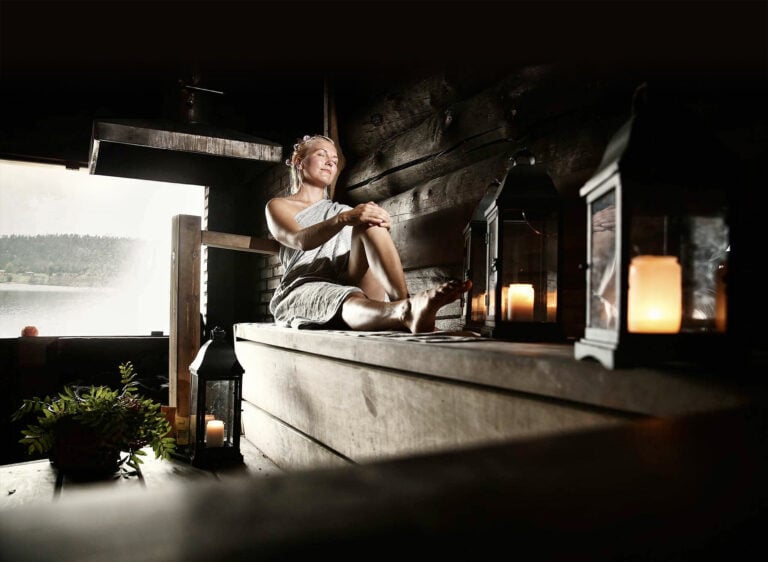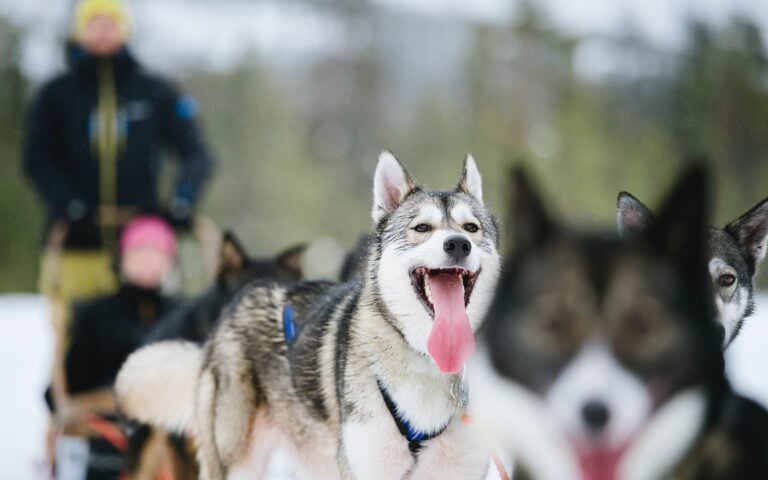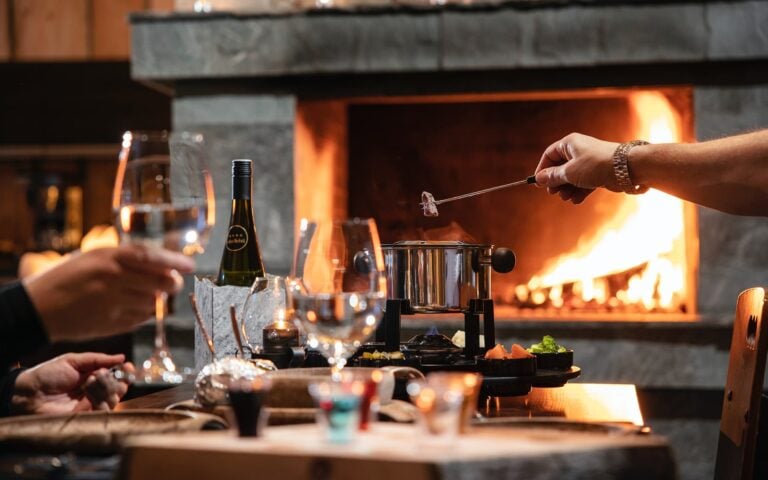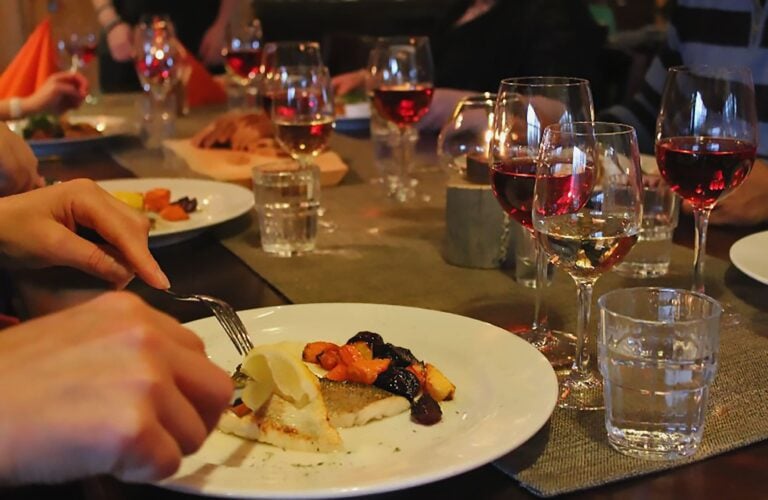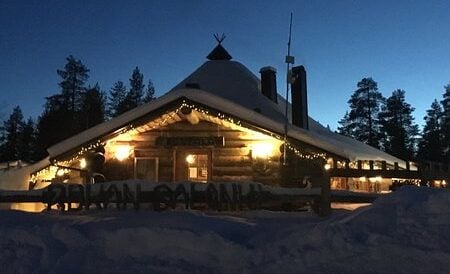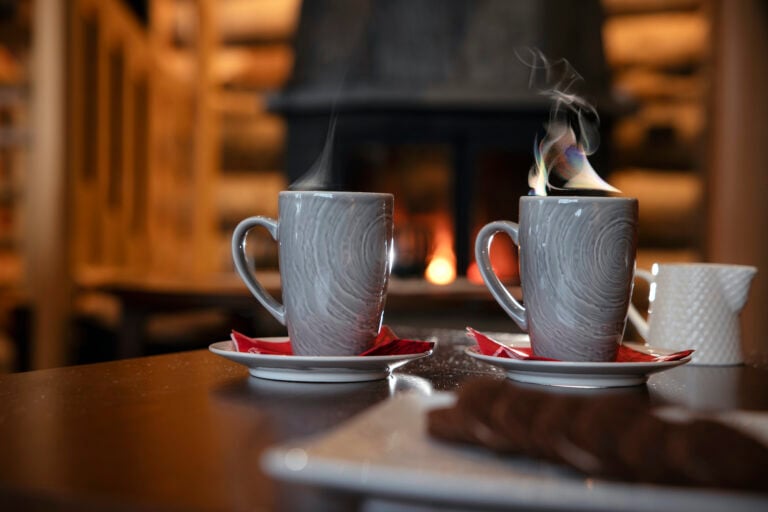What should you wear on a husky safari in Ruka?
Preparing for a husky safari in Ruka means dressing for cold temperatures whilst maintaining comfort during periods of lower activity. The essential approach involves layering thermal base layers, insulating mid-layers, and windproof outer garments. Most tour operators provide thermal suits, but you’ll need proper accessories like warm gloves, thermal socks, and face protection. Understanding what to wear ensures you enjoy the magical experience of gliding through Lapland’s winter landscapes without worrying about the cold.
What should you actually wear on a husky safari in Ruka?
The key to staying comfortable on a husky safari is a proper layering system that traps warmth whilst allowing moisture to escape. Start with thermal base layers made from merino wool or synthetic materials that wick sweat away from your skin. Add an insulating mid-layer like a fleece or down jacket, then finish with a windproof outer layer. Tour operators typically provide thermal suits that cover your clothing, but you’re responsible for what goes underneath.
Your extremities need special attention since they’re most vulnerable to cold. Bring two pairs of gloves: thin liner gloves and thick insulated mittens. Wool or thermal socks are essential, preferably two pairs if your boots allow. A warm hat that covers your ears, a neck warmer or balaclava, and possibly ski goggles protect your face from wind chill when the sled picks up speed.
Personal items you should bring include hand warmers for extra comfort during longer safaris, sunglasses to protect against snow glare, and lip balm to prevent chapping. Avoid cotton clothing as it retains moisture and loses insulating properties when damp. The combination of proper layering and quality accessories ensures you focus on the incredible experience rather than the temperature.
How cold does it get during husky safaris in Ruka?
Temperature ranges during husky safari season in Ruka vary considerably depending on the month. December and January typically see temperatures between -10°C to -20°C, whilst February and March often range from -5°C to -15°C. These are air temperatures, but the wind chill factor when riding on a sled makes it feel significantly colder, sometimes adding another 5-10 degrees to the perceived cold.
Your activity level affects how warm you feel throughout the safari. When you’re standing at the start preparing the dogs or actively helping with the sled, you’ll generate body heat. However, whilst riding as a passenger, you’re relatively stationary, which means your body produces less heat. This is why proper insulation matters more for husky safaris than for activities like skiing or snowshoeing where you’re constantly moving.
The coldest months offer the best chances for clear skies and northern lights, but they also demand the most careful preparation. If you’re planning a winter holiday package combining multiple activities, check the typical temperatures for your specific travel dates and prepare accordingly. Tour operators monitor conditions and adjust safari timing when temperatures drop to extreme levels.
What’s the difference between clothing for husky safaris and other winter activities in Ruka?
Husky safaris require different clothing considerations compared to other Ruka winter activities due to lower activity levels and extended wind exposure. When skiing or snowshoeing, you’re constantly moving and generating significant body heat, which means you can wear lighter layers to avoid overheating. Husky safaris involve periods of standing around preparing equipment, then sitting relatively still on the sled whilst wind rushes past you.
Activities like snowmobile safaris share similar clothing requirements with husky safaris since both involve riding on sleds with wind exposure. However, snowmobiles generate engine heat and move faster, creating different wind chill patterns. Ice fishing requires maximum warmth with minimal movement, whilst cross-country skiing might have you removing layers after the first kilometre to prevent sweating.
The good news is that if you’re properly dressed for a husky safari, you’re likely overdressed for most other winter activities. You can remove layers for more active pursuits, but it’s harder to add warmth if you’ve underprepared. When booking Ruka safaris as part of your holiday, consider the activity schedule and pack clothing that works across multiple experiences with strategic layering adjustments.
Do you need to buy special gear or can you rent clothing for husky safaris?
Most husky safari operators in Ruka provide thermal overalls and winter boots as part of the experience, which covers your main outer layer needs. This means you don’t need to purchase expensive Arctic gear if you’re visiting for a limited time. However, you’re typically responsible for your own base layers, mid-layers, gloves, hats, and other accessories that directly contact your skin.
Rental options exist in Ruka for visitors who need additional gear beyond what tour operators provide. Several outdoor shops and some accommodation providers offer rental services for quality winter clothing and accessories. The cost varies, but renting can be more economical than purchasing gear you’ll rarely use, especially for international tourists planning a one-time winter adventure in Lapland.
Items worth bringing from home include thermal underwear, warm socks, gloves, and hats since these are personal items you’ll wear throughout your stay. If you’re booking a holiday package that includes multiple winter activities, investing in quality base layers and accessories makes sense as you’ll use them repeatedly. Contact your tour operator before arrival to confirm exactly what equipment they provide so you can plan accordingly.
How do you prepare for a full day of winter activities including husky safaris?
Planning clothing for a full day of varied winter activities requires strategic packing and organization. Start by wearing your base layers from your accommodation, as these stay on throughout the day regardless of activity. Pack mid-layers and accessories in a backpack, allowing you to add or remove insulation between activities. Keep spare gloves and socks accessible since these items can get damp and need replacing.
When staying at a resort location, you have the advantage of returning between activities to change clothing or warm up. This flexibility means you don’t need to carry everything with you all day. We offer convenient access to your accommodation between scheduled activities, allowing you to adjust your clothing based on how the day progresses and what’s coming next on your itinerary.
Choosing a winter adventure package that combines accommodation with activities simplifies the entire preparation process. You’ll have clear information about each day’s schedule, what equipment is provided, and what you need to bring. This coordination eliminates guesswork and ensures you’re properly prepared without overpacking. Many guests find that having a central base with easy access to activities reduces stress and allows them to focus on enjoying each experience.
The convenience of booking comprehensive packages means less time worrying about logistics and more time enjoying the magic of Lapland winter. Whether you’re gliding behind eager huskies through snow-covered forests, watching the northern lights dance overhead, or simply relaxing in your warm accommodation between adventures, proper preparation makes every moment more enjoyable. You can book now to secure your winter experience with all the activities and support you need for an unforgettable visit to Ruka.





